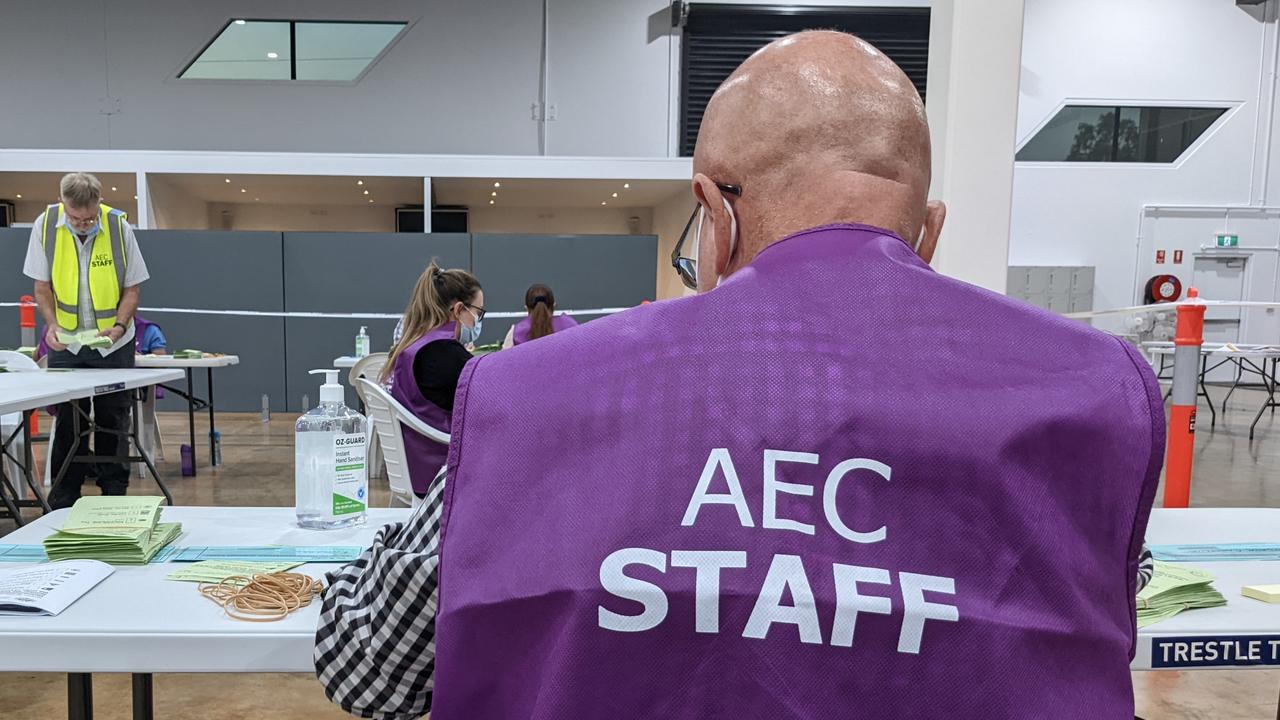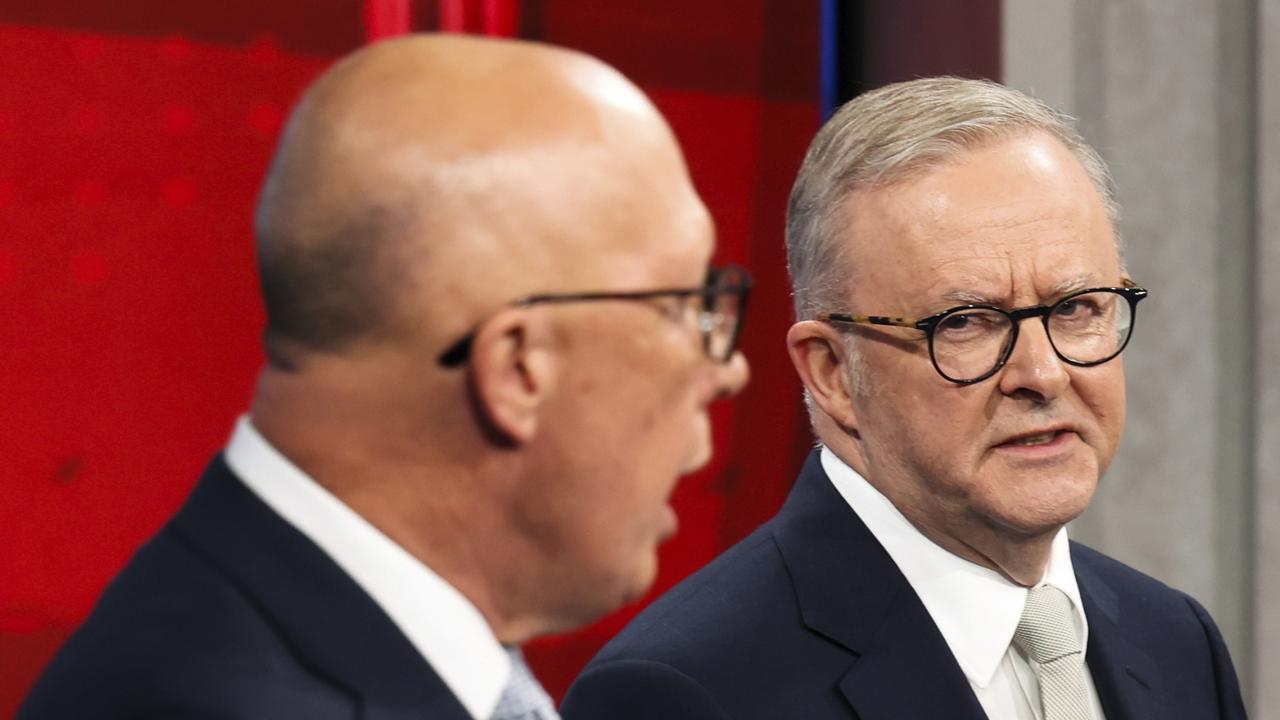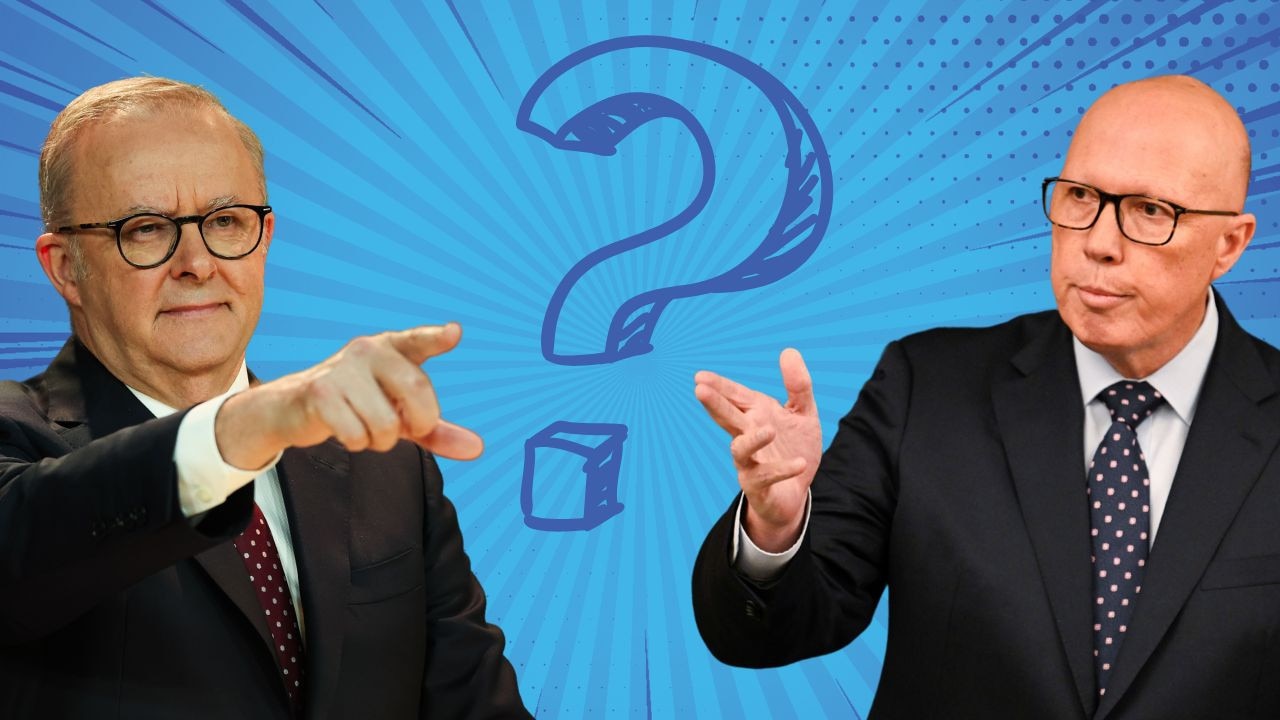TasWeekend: Helping heal both body and soul
YOGA instructor Helen Cushing says physical wellbeing is a crucial step in helping war veterans overcome trauma.

THE psychological scars of trauma are now widely recognised, but what of the body? What happens to the physiology of someone suffering from post-traumatic stress disorder (PTSD) or, in the wake of sustained stress or abuse, complex trauma?
Since the 1990s, psychotherapists have been teaming up with neurobiologists in Europe and the US to research the anatomy of trauma. Embodied approaches such as sensorimotor psychotherapy and body psychotherapy are now widely recognised for their role in trauma recovery, together with more established, embodied psychodynamic modalities such as authentic movement and sandplay therapy. Now, psychobiologists are shining new light on what is arguably the oldest means of achieving both physical and mental wellbeing: yoga.
Helen Cushing is a Satyananda yoga teacher based at North Hobart who specialises in treating trauma.
“When people come to me with PTSD or stress of any kind, I just say, ‘Well, this person really needs to relax’,” says Cushing.
“Anybody with PTSD will have a crazy breathing pattern, and that affects the whole nervous system and can result in panic attacks, migraines, muscular pain, insomnia and nightmares. So I start by paying a lot of attention to the breath, and using gentle yoga postures to get the tension out of the respiratory area because it’s not a good idea to ask someone to breathe diaphragmatically when they’re full of internal tension. Sometimes it can be enough for someone just to sit and bend their toes, and hold their mind there for a little.”
‘The juxtaposition of the military and yoga is really powerful. We all have an idea of what war vets look like and what yoga represents, and it’s very hard to bring those images together’ - youga instructor Helen Cushing
Although she consults privately with PTSD sufferers and runs Yoga for Mood Management classes, Cushing started working with trauma clients inadvertently in 2004, when she was asked to teach the Hobart Veterans Yoga Group. Set up in 1992 with funding from what is now the Veterans and Veterans Families Counselling Service, the yoga group was initiated by Satyananda teacher Hari, who handed over the reins when she was diagnosed with cancer.
Cushing was newly qualified and initially nervous, and spent her first two lessons with teaching support from Hari’s late partner, Vietnam vet and yoga teacher Terry Buchanan, who died this year. But within a couple of months, she realised her fears were nothing but a “head trip”, and she quickly started to look forward to taking the class, which has been acknowledged by the VVFCS psychologists as the organisation’s most successful treatment program.
Trevor Pearce, 68, who practises with the Hobart Veterans Group, says yoga “gives me a sense of self-management and self-acceptance”.
“It helps me observe myself both objectively and subjectively, and lets me deal with any build-ups of stress immediately.”
Last year, with the help of Tasmanian film-maker Ryan Walsh, Cushing produced the deeply moving Heroes of Peace, an award-winning film about the group, which she continues to teach with funding from Mates4Mates, who provide recovery services for war veterans and ex-military people.
“The juxtaposition of the military and yoga is really powerful,” Cushing says. “We all have an idea of what war vets look like and what yoga represents, and it’s very hard to bring those images together. But the film just breaks down the stereotypes and exhibits the vulnerabilities in these people, which is their great strength.”
Despite her interest in trauma, Cushing is quick to point out she does not have a background in psychology or counselling. Before teaching yoga, she worked for Gardening Australia at the ABC, where she co-ordinated publishing and licensing events. She started practising yoga as a teenager and over the years developed a spiritual interest in the tradition, eventually travelling to India in 2011 where she spent two years in a retreat at the Bihar School of Yoga, researching the psychology of yoga. This year, she took a workshop with renowned Dutch psychiatrist and trauma physiology expert Dr Bessel van der Kolk, of the Boston Trauma Centre in the US.
“My work has come out of dealing with trauma, and I don’t want to broaden it out into general mental health because I’m a yoga teacher, not a mental health practitioner,” Cushing says. “Not having a background in psychology has been quite useful, though. I don’t have any expectations from people and, actually, it can be a relief for them not to be dealing with their mind all the time. Yoga is all about the mind and the body, and it’s very sophisticated. And the side effects are all positive, unlike some medications. But you have to be prepared to practise or it won’t work.”
Recently, with the help of crowdfunding, Cushing has published Hope: How Yoga Heals the Scars of Trauma. An accessible and informative guide to the benefits of Satyananda yoga for sufferers of all levels of trauma, the book outlines a series of supportive postures, breathing practices and meditations. Cushing emphasises the need for students to work with a trained teacher. And while she says appropriate psychotherapy is strongly advisable for anyone with a trauma background, she is not impressed with the limited effects of traditional psychology, and cognitive behaviour therapy. Nor is she a fan of the mindfulness craze.
‘Yoga is all about the mind and the body, and it’s very sophisticated. And the side effects are all positive, unlike some medications. But you have to be prepared to practise or it won’t work.’
“The mindfulness movement has come from Buddhism, really, and it’s meditation-based,” she says. “But they’ve separated out an element of this tradition and isolated it. To expect someone with trauma, who is probably hypervigilant, to sit down and do mindfulness is unrealistic, and it’s not a good idea.
“Yoga is a pathway that involves working with the body to prepare you for working with the mind. You don’t want to trigger people, or bring on some cathartic experience, so you need to be slow and cautious. Yoga nidra (Satyananda meditation) can be very useful, but only once the natural breathing pattern is adequate and better mental and physical health has been established.”
As well as teaching her Ganges yoga classes at Yoga North studio in North Hobart, Cushing has held yoga for trauma workshops in the UK and Europe. She has also run programs in Colombia with the Dunna Corporacion, which helps former guerillas, paramilitaries and war victims.
Keen to keep travelling and teaching, she is hoping to establish a teacher-training course in Tasmania in the near future.
“As van der Kolk says, trauma changes the brain, so the treatment is about resetting the brain,” Cushing says. “Yoga is all about the involvement and interaction between mind and body so it’s perfect.”
Ganges Yoga classes run throughout the week at Yoga North, 326 Elizabeth St, North Hobart. For details, visit gangesyoga.net or phone 0474 321 784. Information about Yoga for War Veterans can be found at lifebeyondtrauma.com or by phoning the same number. Hope: How Yoga Heals the Scars of Trauma is available through the websites above and from Fullers Bookshop, $34.95. For information about Veterans Health Week, which begins today, visit dva.gov.au
Originally published as TasWeekend: Helping heal both body and soul



